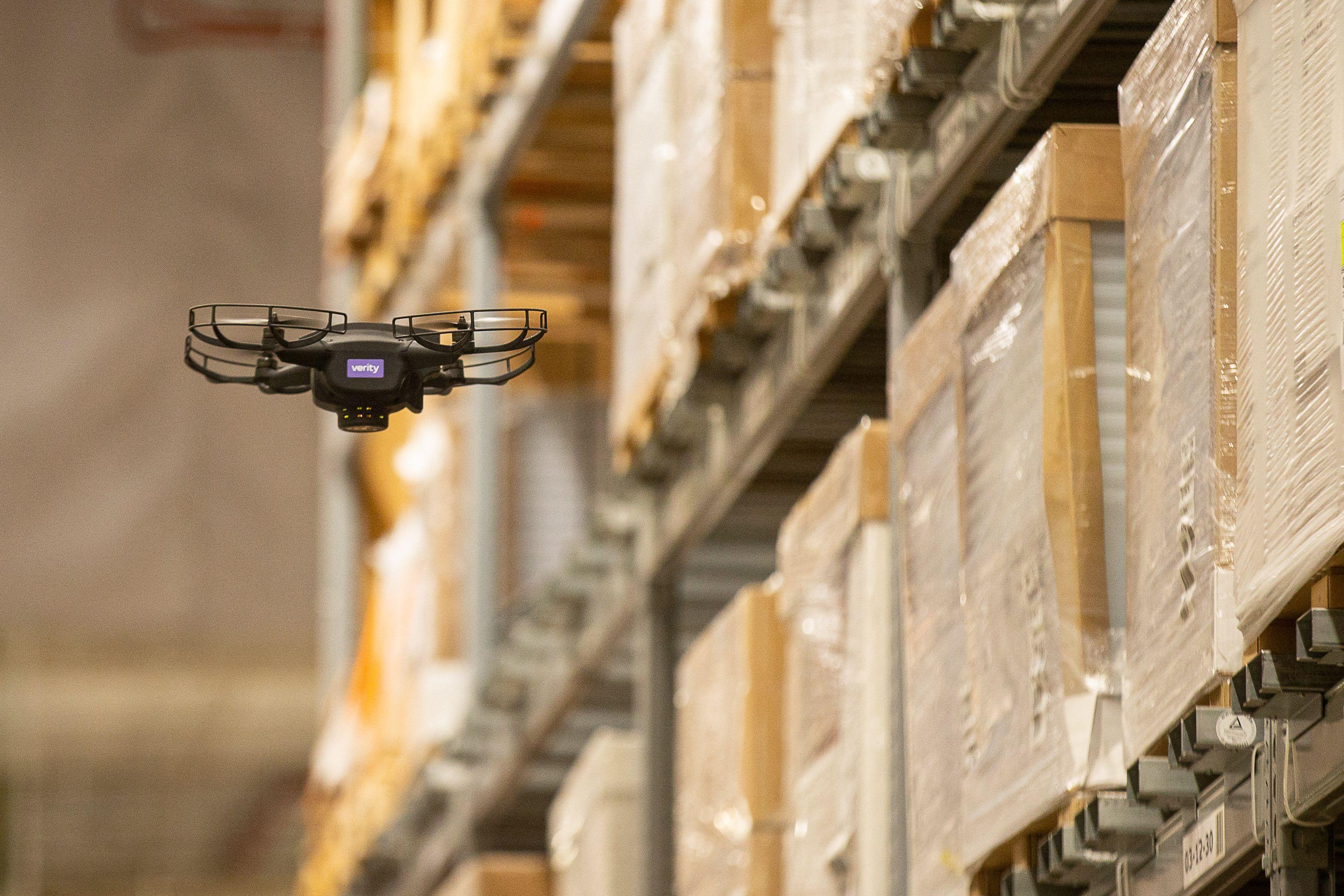Viewpoint: General Aviation And Drone Symbiosis

This photograph taken on November 25, 2022 shows an autonomous drone flying in the storage section of Swedish furniture retailer IKEA store of Ghent, in Belgium.
It’s been interesting these past few months as we watch the continued segregation of the general aviation and drone communities in the media. While the proliferation of future drone and eVTOL vehicles is in the forecast, it seems that the pilot certification issues and insurance coverage are nowhere to be found.
Who is going to fly all those drones delivering goods from warehouses to customers, and
where are these remote-qualified pilots coming from? In addition, where are the insurance discussions regarding the liabilities of the remote pilots, drone owners/operators, and their manufacturers when operations go bad, and accidents occur?
Let’s talk about the pilots first; where will they come from? There is already documented shortages of FAR Part 121 and Part 135 pilots. While FAA records indicate there are now thousands of individuals with Part 107 Remote Pilot certificates but with little experience, should we expect the existing flight schools to provide the required training for the thousands of projected jobs that the eVTOL industry is forecasted to produce?
Let’s drill down a little further.
It seems that a general aviation Part 61 pilot certificated to operate a single-engine piston aircraft, would be allowed to fly a single-engine electric aircraft, performance parameters being similar; but not a single-engine turboprop without additional training approved by the insurance carrier.
Furthermore, it seems like a Part 61 certificated GA pilot rated for a multi-engine piston aircraft would be legal to operate an electric multi-engine aircraft. Now the insurance brokers are getting nervous. It appears that almost all drones of all sizes are electric multi-engine aircraft, the difference being whether the propellers are vertical or horizontal. So the question is what pilot ratings will be required to fly the hundreds of eVTOLs (electric multi-engine aircraft), initially flown manually but designed for remote piloting FAR Part 107 (remote pilot), Part 61 (commercial, multi-engine, rotary-wing?), and all restricted to VFR-only operations?
Where does one find these pilots? Sources such as the US military have thousands of women and men trained and qualified to operate and fly electric aircraft and UAVs of all sizes. Manufacturers looking to grow their customer base could attract these pilots when their service commitments are done to operate and maintain the projected eVTOL machines. Or is this the challenge for the airlines and the remote aircraft operators?
How will the insurance carriers characterize the risks proportionally between pilot qualifications and drone design? In the past, this has not worked well in the GA world, as the accident rate has improved only marginally year-over-year. In the meantime, look at the recent GA insurance rate increases covering their liabilities.
The utility and safety associated with today’s UAS and tomorrow’s eVTOLs will be defined by the judgments assessed by the insurance carriers, just as they are with turboprop and single-jet engine aircraft today.
Drone pilot IFR operations are unlikely. Coordinated cooperation with ATC facilities is likely mandatory; after all, the entire airspace is a shared resource. It may turn out that the pilot population available might be a shared resource as well.
There can be two-way graduation between radio-controlled drone pilots, to ultra-lights, to light sport, to GA-certified pilots, onward to turbine and air carrier pilots, and the reverse flow of pilot expertise to the new models of eVTOL aircraft would be welcome. In many cases, UAS are more cost-effective solutions than helicopters where aerial surveillance and response time are critical.
Mike Sullivan has been flying for 50 years, having earned his private pilot license in 1973. He has flown 150 Young Eagles. Sullivan spent 22 years in the Air Force and 22 years as a contractor for national security agencies and has been a flight instructor for 30 years.




